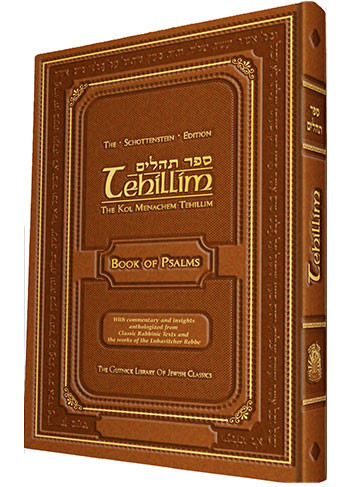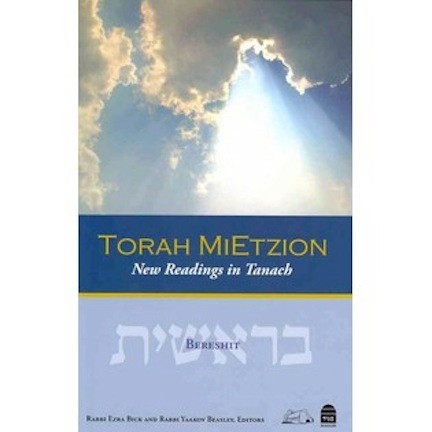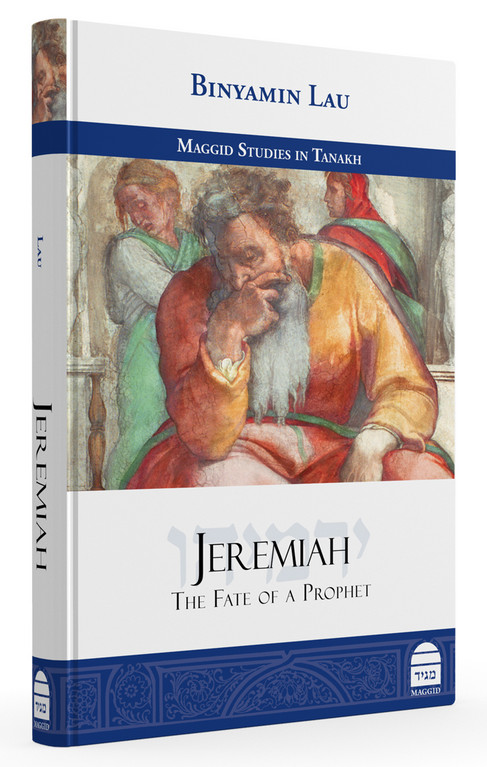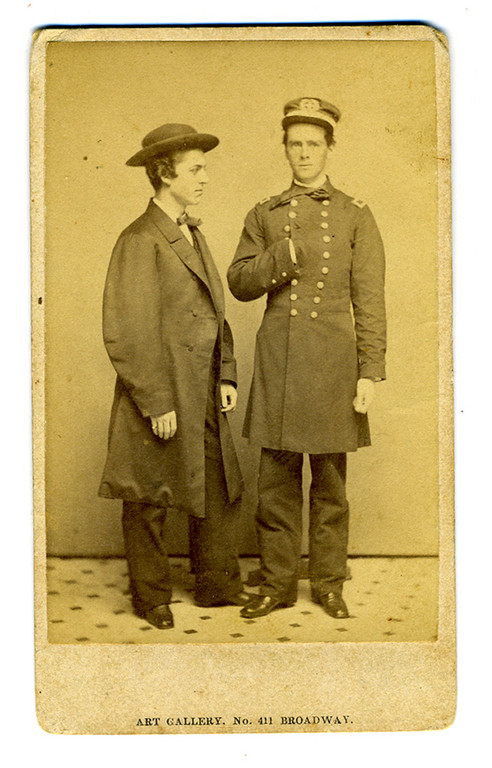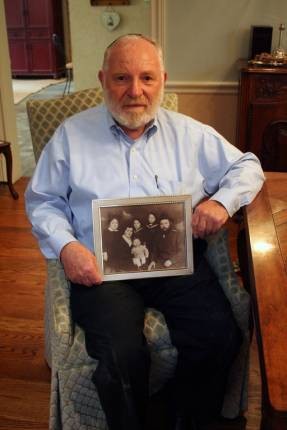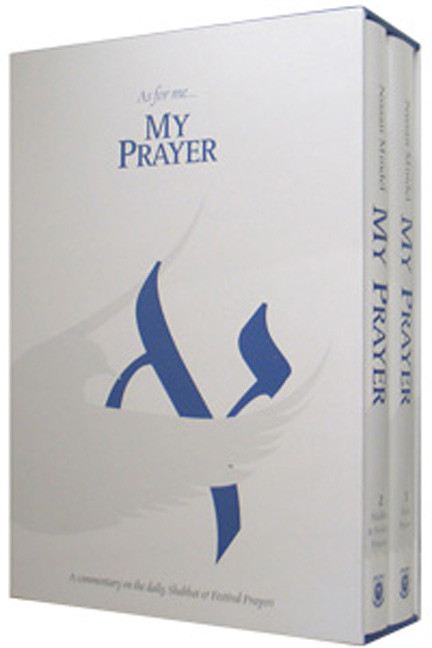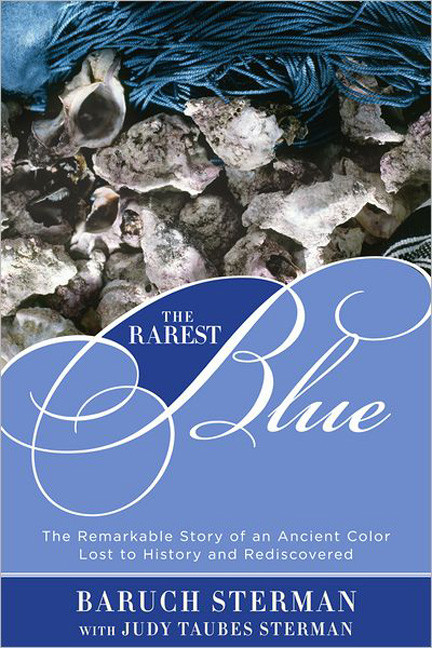Kosher Bookworm
601 results total, viewing 381 - 390
|
This week’s essay is dedicated to the memory of my dear neighbor, Dr. Jacob Mozak who would have been 100 years old this week.
1913, one hundred years ago, is the subject of a very interesting book entitled, “1913: In Search of the World Before The Great War,” by Charles Emmerson [Public Affairs, 2013]. Designed as a city-by-city survey of events prominent to each that year, the author gives us a unique historical panorama of a world on the brink of a military and political disaster.
more
By Alan Jay Gerber
|
8/15/13
|
|
The Jewish calendar, the luach, is among the most popular works of our faith. Within its covers can be found just about any and all laws that are time bound and time honored thus enabling us to effectively observe ritual and rite in the correct manner.
In a recent Dvar Torah (words of Torah) on Parashat Re’ei, Rabbi Berel Wein noted the historic importance of the luach with the following observations:
“The calendar has always been central to Jewish life and survival. Under the dark regime of Stalin, Soviet Jewry was forbidden from owning or possessing a Jewish calendar.
more
By Alan Jay Gerber
|
8/8/13
|
|
Among the most consistent liturgical works on the Jewish calendar is the twice daily recitation of Psalm 27, beginning next week, heralding the upcoming high holidays of Rosh Hashanah, Yom Kippur and Succos.
more
By Alan Jay Gerber
|
8/1/13
|
|
With Tisha B’Av now safely behind us, can Rosh Hashanah and Yom Kippur be not too far ahead?
The High Holiday season will occur on the cusp of Labor Day weekend, one of the earliest such seasonal placements in memory. Due to this scheduling oddity, I have deemed this a major factor in the early consideration of the literary aspects that play an important part in the observance of these holidays.
more
By Alan Jay Gerber
|
8/1/13
|
|
With the upcoming Fast of Tisha B’Av, it is appropriate to note the recent publication of a biography and historical analysis of one of the great prophets of our faith, Jeremiah, whose teachings are the featured prophetic readings that morning and whose scroll, Eichah (Lamentations) is the centerpiece reading the previous evening at the start of the fast.
more
By Alan Jay Gerber
|
7/11/13
|
|
One hundred and fifty years ago this week, a battle was fought that was destined to define our nation for all time — not through the strategic military prowess of our troops, although that was a factor, nor through our overwhelming military might, but rather through a two minute speech that was to be given over four months later on that same battle site.
more
By Alan Jay Gerber
|
7/3/13
|
|
Leibel Zisman was a survivor, of Kovno, of Auschwitz, of slave labor. He was a refugee from murder, genocide, and unbridled anti-Semitism. He was a Chabad chasid who was destined to survive all the difficulties of life to arrive at these blessed shores, learn English, receive a college degree, teach math, go into business, marry, establish a family, and spend the rest of his life helping others and making the giving of charity the hallmark of his life’s work.
more
By Alan Jay Gerber
|
6/27/13
|
|
Only a British born and bred rabbi — Rabbi Jonathan Sacks — could have authored the following theologically-based teaching:
“To paraphrase Shakespeare, ‘The influence we have lives after us; the power is oft interred with our bones.’ Much of Judaism is an extended essay on the supremacy of prophets over kings, right over might, teaching rather than coercion, influence in place of power..."
more
By Alan Jay Gerber
|
6/20/13
|
|
Among the classic writings concerning Jewish liturgy are two works from Chabad — an English translation of their prayer book, “Siddur Tehillat Hashem,” by Rabbi Nissen Mangel, and the classic detailed commentary and exposition of Jewish liturgy by Rabbi Dr. Nissan Mindel, zt”l, entitled, “My Prayer,” first published in 1972 and recently reissued by Kehot in a two volume revised edition.
“My Prayer,” reflecting scholarship drawn from the works of Maimonides and Chasidic masters, presents a deeper meaning of the prayers and a comprehensive understanding of the moral and ethical teachings contained therein.
more
By Alan Jay Gerber
|
6/13/13
|
|
The color blue has always played a role in both the religious and political traditions of our faith. This can be seen in the references in the ritual requirements of the mitzvah of Tzitzit in scripture, in prayer, and in ritual practice.
more
By Alan Jay Gerber
|
6/6/13
|

 54.0°,
Mostly Cloudy
54.0°,
Mostly Cloudy 

